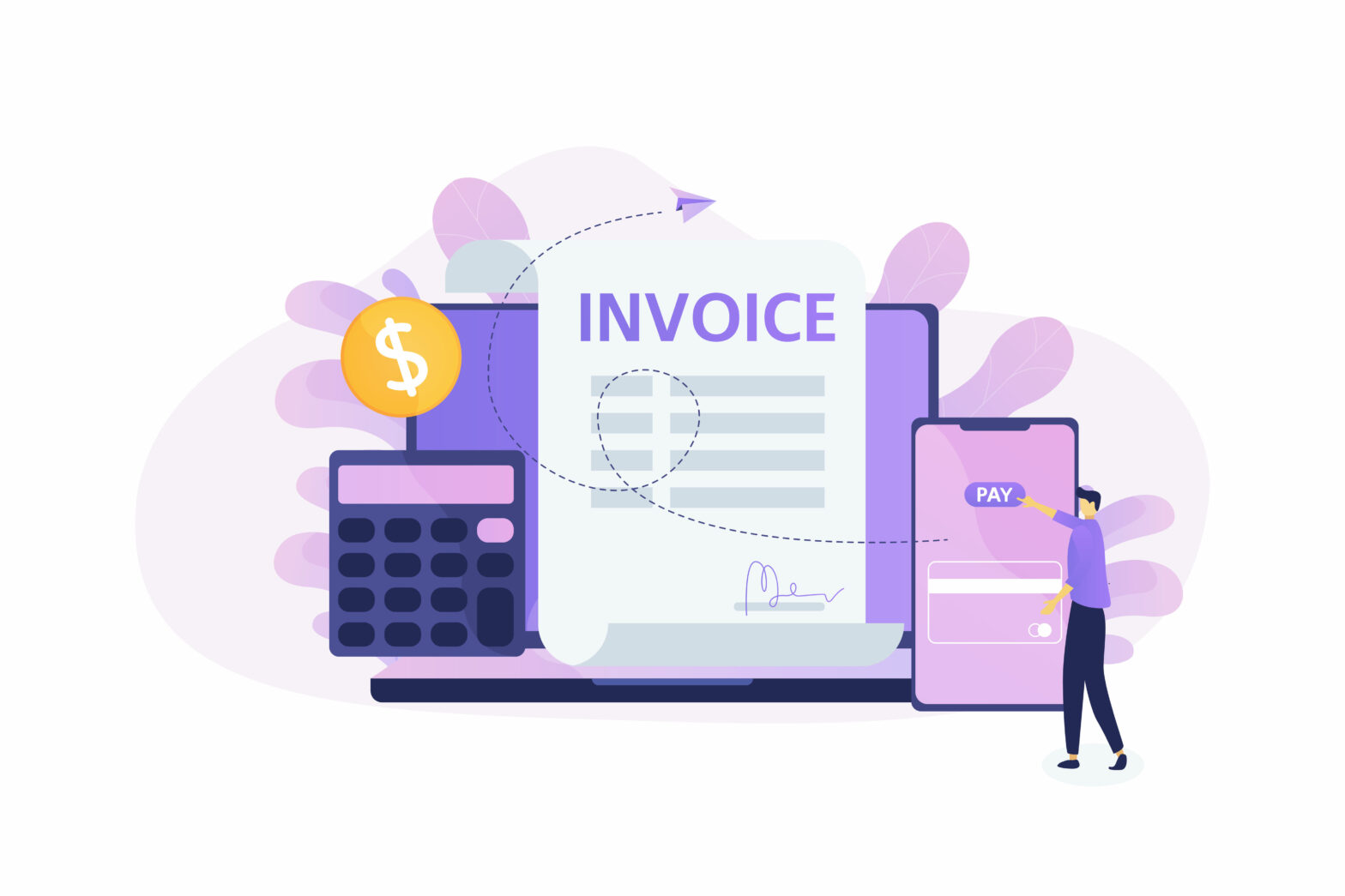After burning through a bank loan of £60,000, David Allon thought it might be time to talk to a factor. Six months on from launching Driverwise, a business that recruits temporary lorry drivers, he had sales of £10,000 a week, but kept finding himself out of pocket. The reason was that Allon and his partner, Marc Hedley, were in the uncomfortable position of paying their drivers every week and then waiting 60 or even 120 days for payment from fleet owners. To keep going, Driverwise needed money upfront.
If he went to the bank, Allon reckoned it would mean asking for a loan of £300,000. Instead he contacted three factors last September, choosing the one who took the trouble to sit down and understand his business.
By April this year, Driverwise was regularly taking £30,000 a week, £100,000 when it was busy. ‘We could not have grown as fast without invoice finance,’ Allon says. ‘We opted for the whole package. Factoring is easier for us and offered us the option of credit control.’
See also: Get your funding to work harder with factoring
Driverwise currently has 300 drivers on its books, placing them in over a hundred different companies. ‘By specialising, we can recruit all day without getting sidetracked. There is a driver shortage throughout the country, particularly with the introduction of the Working Time Directive. We are aiming to open a branch a year, which we could not do without our factor.’
Early stage
For early-stage ventures like Driverwise, overdrafts are often restrictive, says David Moran, managing director of Cattles Invoice Finance in the south-east. ‘Bankers don’t have much to hang their hat on.’
Because factors are closer to assets and customers, he argues, they can offer advances of up to 85 per cent on funds, even to enterprises without a track record. As a factor, Moran will then pre-pay invoices and run the sales ledger, allowing entrepreneurs to get on and drive sales.
He only tends to deal with enterprises that are selling on credit terms. ‘The nature of the asset is that it must be fundable without any continuing expectations from the debtor. You should be able to sell it and forget it. If there are ongoing contractual expectations, life can get difficult for us.’
Working with new ventures where the chances of failure are high, Moran protects himself by looking first at the sales proposition and then at the quality of the management team. ‘Because factors receive money from debtors and monitor invoices as they come in, we should not leave ourselves exposed if there is a failure.’
Credit charge
For a factor to run your credit control and pay an advance on your invoices, two charges normally apply. You pay 0.4 to one per cent of turnover depending on your type of business and you are charged two to 2.5 per cent over base rate on cash advances.
For companies with weak financial management, this can represent good value, particularly if they have any problems with late payment. As Kate Sharp, chief executive of the Factors & Discounters Associations (FDA), points out, if you have sales of £1 million and are trading on 30-day terms, but your bills are only settled at the national average of 46 days, you are losing £2,500 in interest, as well as £45,000 in free cash. ‘With the money in someone else’s bank account, it is working for them, not you.’
As enterprises develop, they will naturally want to take more control of their relationships with customers, rather than leaving it in the hands of their factors, particularly as financial software makes credit easier to manage. As a result, factoring services are mainly confined to smaller enterprises with turnovers of up to £2 million. According to industry figures, a total of £17.7 billion was advanced to 19,500 SMEs last year, representing a one per cent rise in the use of factoring on 2003.
Invoice discounting
For companies in the middle market, securing funds against unpaid invoices is an attractive way of speeding up cashflow and leveraging what is often the main asset on the balance sheet, trade debtors. Last year, according to the FDA, the use of invoice discounting rose 16 per cent with £110 billion being advanced to 15,000 companies.
By taking responsibility for chasing your own debtors, charges are lower than for factoring with a fee of between 0.1 and 0.75 per cent of turnover and interest of 1.5 to two per cent over base rate. Cash can be drawn as required, allowing you to build a financial model taking account of any fluctuations in trading, such as Christmas or VAT returns, which should allow you to keep your account close to balance.
As sales increase, so should your working capital, which means that you can avoid having to negotiate constantly with the bank to extend your credit facilities. The flip side is that if your sales are going down, invoice discounting can be restrictive.
It is a dynamic form of financing against a dynamic asset, says Russell Warner, commercial director at Eurofactor. ‘For any business with a cash hole, the overdraft is dying. Receivables is transforming the perception of what you need to run your business. Why use funding which is repayable on demand based on a historical valuation of your balance sheet?’
Invoice discounting works less well where you have underlying contractual obligations. However, Warner is willing to look at grey areas, such as service contracts. He funded, for instance, the company that cuts the grass at Heathrow. ‘There is a commitment to cut it to a certain height. If it is too short, planes do not hold up when they run off. If it is too long, you have birds nesting. So at the end of the month, the length of the grass is checked and invoices passed as payable.’
Entry levels have also come down. ‘In Europe, you still would not consider invoice discounting for a company with sales below £6 million,’ says Warner. ‘Here it is now typically £2 million, although we will look at start-ups with a good management team, positive forecasts and a good management plan.’
Where Warner expects invoice discounting to develop fastest is in finding ways to combine it with other forms of asset-based lending, such as plant and inventory, with requests for £20 million to £50 million becoming more common.
High funding
‘If you require high funding, receivables is a better route than going to a bank,’ thinks Paul Williams, finance director of Healthcall Optical Services, who negotiated a 90 per cent initial facility to fund a buyout from Nestor last year.
‘A bank might lend you half, but not 90 per cent, as they don’t have a grip on what they are lending. That is the essential difference with invoice discounters. They know in detail what they are lending against. They can see what the payments are.’
Williams also used the advance to fund Healthcall’s early months of trading as an independent company. ‘You can take care of any fluctuations in trading. The limits are not absolute in terms of a fixed cash figure. It is geared entirely to what you are doing as a business. You can grow easily without having to knock on the door of the bank and renegotiate.’
Alternative to private equity
In the same way that invoice discounting is becoming an alternative to the overdraft and term loan, so Gerry Hoare is hoping that people will consider it instead of private equity.
‘Since 2001, we have been looking at alternative ways of funding transactions, such as MBOs and MBIs,’ says the managing director of Enterprise Finance Europe, which was created by the Bank of Ireland three years ago. ‘There is a move away from private equity, because of the cost and the loss of control.’
‘People have started looking round the market and have realised the benefits of using receivables to leverage the balance sheet to raise cash to complete a transaction. With rates of two per cent over base, it is a cheaper form of funding, especially for traditional companies which are owner-managed and asset-rich with little borrowing.’
In the last three years, Hoare has put together a dozen transactions with no bank loans or private equity, but is now starting to include a mix of senior debt and private equity for deals with an average size of £1.7 million with facilities ranging from £500,000 to £15 million.
‘We offer funding on the basis of trade debts, as well as plant and stock, then link to our parent bank, if there is property. We can leverage all the major assets on the balance sheet. We make sure we stay on top of forecasts, so hopefully there are no surprises for any of us.’
100 per cent facility
An advance on receivables of £2 million proved to be the only way to merge a manufacturing plant in Liverpool and a sales company in Oxfordshire to create Polythene Industries at the end of last year.
‘The cash requirement for the first six months of the new business has been intense,’ says David Rawle, the company’s new managing director, who is aiming to take sales up from £6.5 million to £11 million in the first year. ‘Funding for this growth would not have been possible without invoice discounting. We agreed an initial 100 per cent advance on our debtor book, which will gradually reduce to 85 per cent. We would certainly never have had that from a traditional source.
‘With bank finance, we would have been sitting in front of the manager every month asking him to put up the overdraft. I’d prefer not to have do that. With invoice discounters, it is more flexible.’





